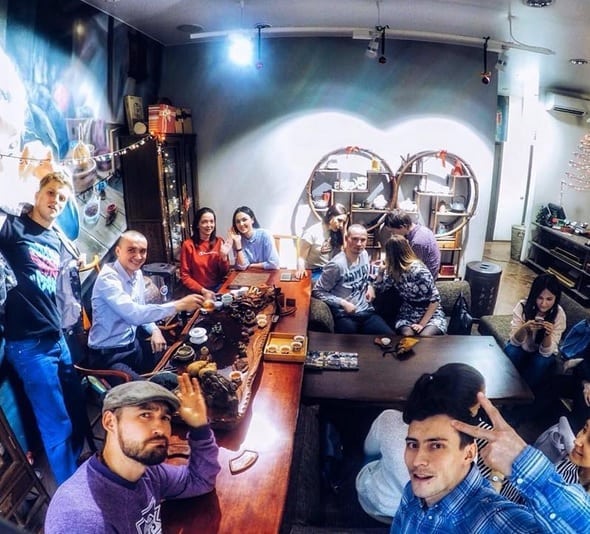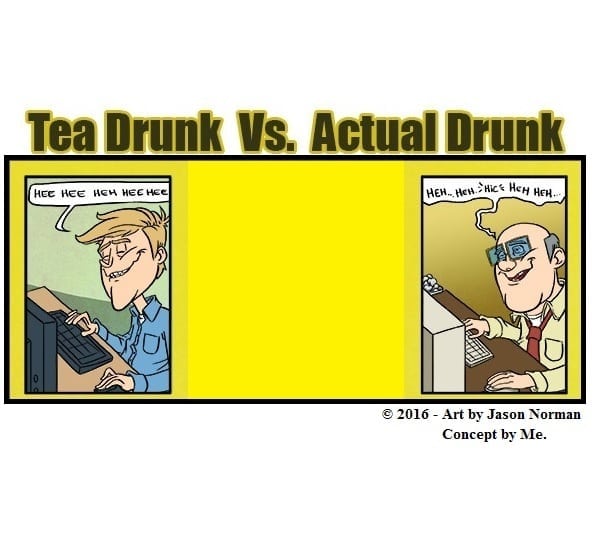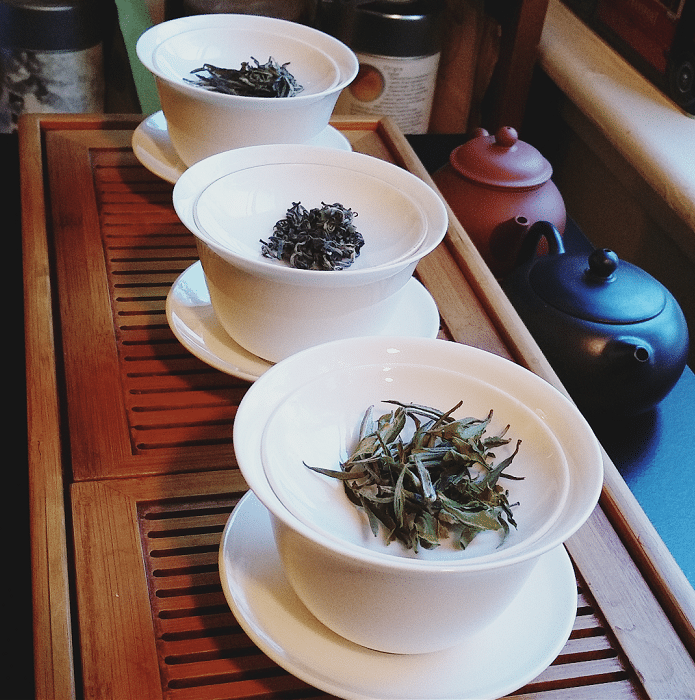The term “gong fu” translates to “achievement through great effort”. It’s the same word as “kung fu”, but spelled differently . . . because English translations suck that way.

Gong fu also refers to a method of brewing tea, signified by the use of short, successive steeps to bring out a given tea’s extra dimensions. The term also refers to a graded style of tea, often used interchangeably with the term “Congou”. Case in point, Keemun Gong Fu or Rose Congou.
It’s all kinds of an achievable headache, as Chinese tea terms often are, but it’s used most effectively to describe the grade and style of three types of black teas from Fujian province, China. There is Bai Lin Gong Fu, Zheng He Gong Fu, and Tan Yang Gong Fu.



